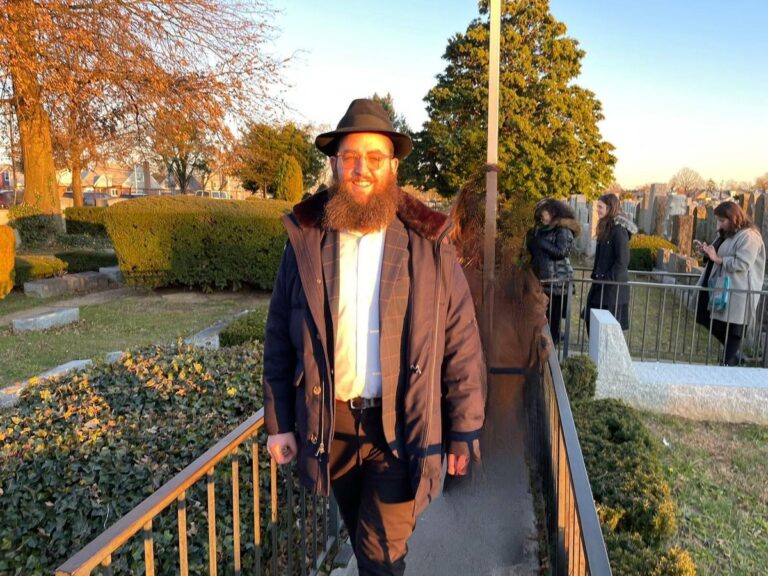If you are interested in psychedelic experiences but want to avoid the potential risks associated with Amanita muscaria, there are several alternative substances and practices to consider. It’s important to prioritize safety and legality when exploring these options. Here are some alternatives:
1. Psilocybin Mushrooms (Magic Mushrooms): Psilocybin-containing mushrooms, often referred to as magic mushrooms, are one of the most well-known and widely used psychedelics. They contain psilocybin, a compound that can induce altered states of consciousness, visual hallucinations, and profound introspection. Research into their potential therapeutic benefits is ongoing in various countries.
2. LSD (Lysergic Acid Diethylamide): LSD is a synthetic psychedelic compound known for its powerful effects on perception, cognition, and emotions. It is often available in the form of small tabs or drops and has been studied for its potential in psychotherapy and research settings.
3. DMT (Dimethyltryptamine): DMT is a naturally occurring psychedelic compound found in various plants and in the human brain. It is known for its intensely short-acting and profound psychedelic experiences. Ayahuasca, a brew made from DMT-containing plants, is used in traditional Amazonian shamanic practices.
4. Mescaline: Mescaline is a naturally occurring psychedelic found in several cactus species, such as Peyote and San Pedro. It can induce visual and sensory alterations and has been used in indigenous and religious ceremonies.
5. Ketamine: Ketamine is a dissociative anesthetic that, when used at sub-anesthetic doses, can induce psychedelic experiences. It is currently being investigated for its potential in treating depression and other mental health conditions.
6. Legal Psychedelic Retreats: In some countries or states, legal psychedelic retreats offer guided experiences with substances like psilocybin truffles or ayahuasca. These retreats often prioritize safety and provide a supportive environment for participants.
7. Mindfulness Meditation: While not a substance, mindfulness meditation practices can induce altered states of consciousness and promote self-awareness and spiritual insights. Meditation retreats and practices can be a path to altered states without the use of substances.
8. Holotropic Breathwork: Holotropic breathwork is a technique developed by Dr. Stanislav Grof that combines deep and rhythmic breathing with music to induce altered states of consciousness. It is often practiced in group settings with experienced facilitators.
9. Floatation Tanks (Sensory Deprivation Tanks): Floatation tanks provide a sensory-deprivation environment that can lead to altered states of consciousness and deep relaxation. Many people report experiences of introspection and altered perception while floating.
10. Virtual Reality (VR): Virtual reality experiences, especially those designed for meditation and relaxation, can induce altered states of consciousness by immersing users in visually and auditory stimulating environments.
It’s crucial to approach any psychedelic experience with caution and responsibility. If you are considering the use of any substance or practice, research it thoroughly, consider the potential risks and benefits, and, if necessary, seek guidance from experienced and knowledgeable individuals or professionals. Additionally, be aware of the legal regulations surrounding these substances in your area. Psychedelic experiences can be powerful and transformative, but they should be approached with respect and care.










